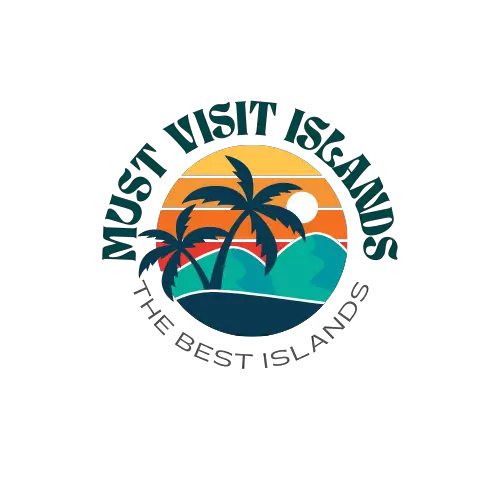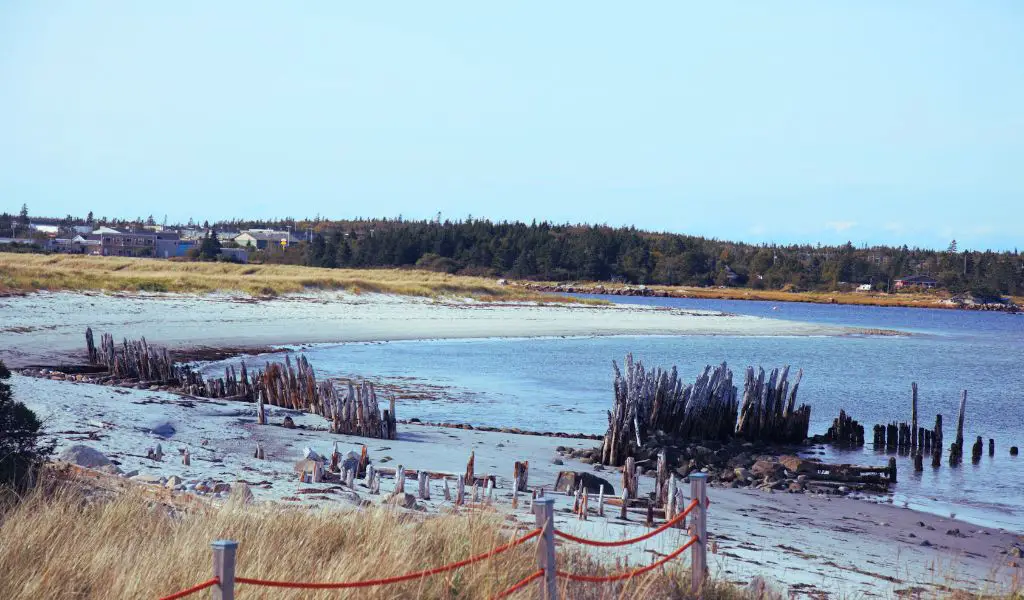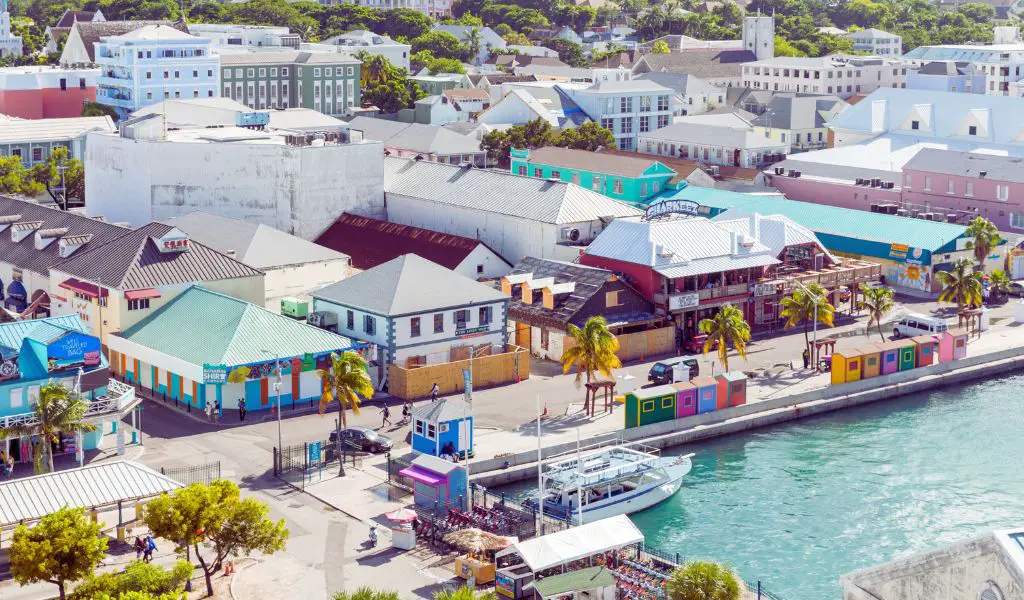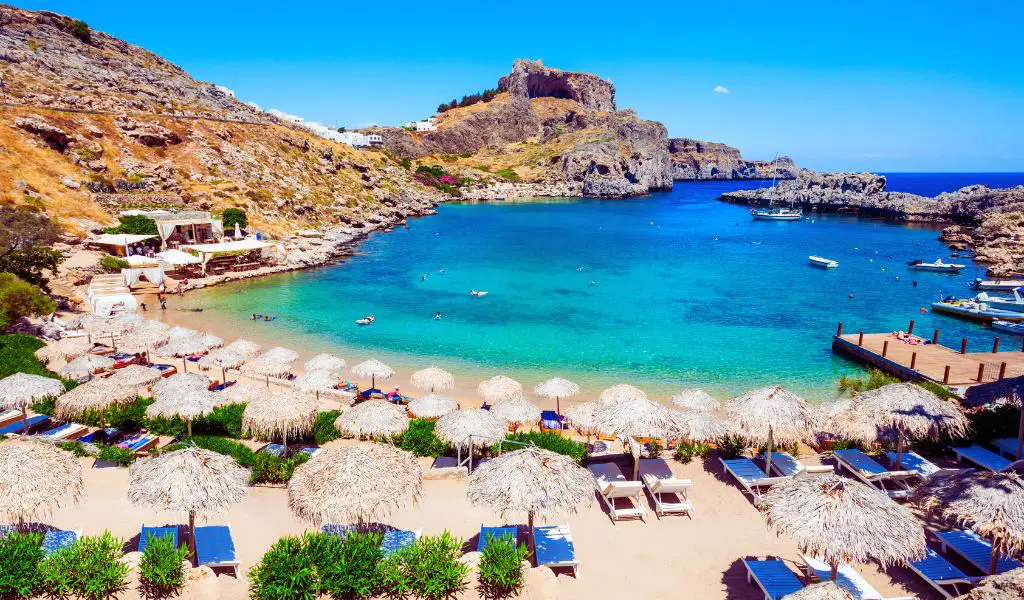Sable Island, often referred to as the “Graveyard of the Atlantic,” is a small Canadian island located in the North Atlantic Ocean, approximately 300 km southeast of Halifax, Nova Scotia. This crescent-shaped sandbar, covering an area of about 34 square kilometers, is characterized by its vast sandy beaches, rolling dunes, freshwater ponds, and a rich array of wildlife.
Geography
The island’s unique geographical features contribute significantly to its charm.
The dunes, composed of fine-grained sand, stretch up to 30 meters high and shift over time due to strong winds, leading to an ever-evolving landscape.
Interestingly, these shifting dunes also hide a mosaic of vegetation including over 190 recorded plant species.
Despite the lack of trees, the island is home to grasslands and heaths, providing a vibrant color palette that changes with the seasons.
Wildlife
As far as wildlife is concerned, Sable Island is famed for its population of feral horses, often considered the symbol of the island.
Introduced in the 18th century, these horses have adapted to the harsh conditions and continue to roam freely in their wild habitat.
Additionally, the island hosts the largest grey seal breeding colony in the world, alongside numerous bird species, making it a prime spot for wildlife enthusiasts and researchers.
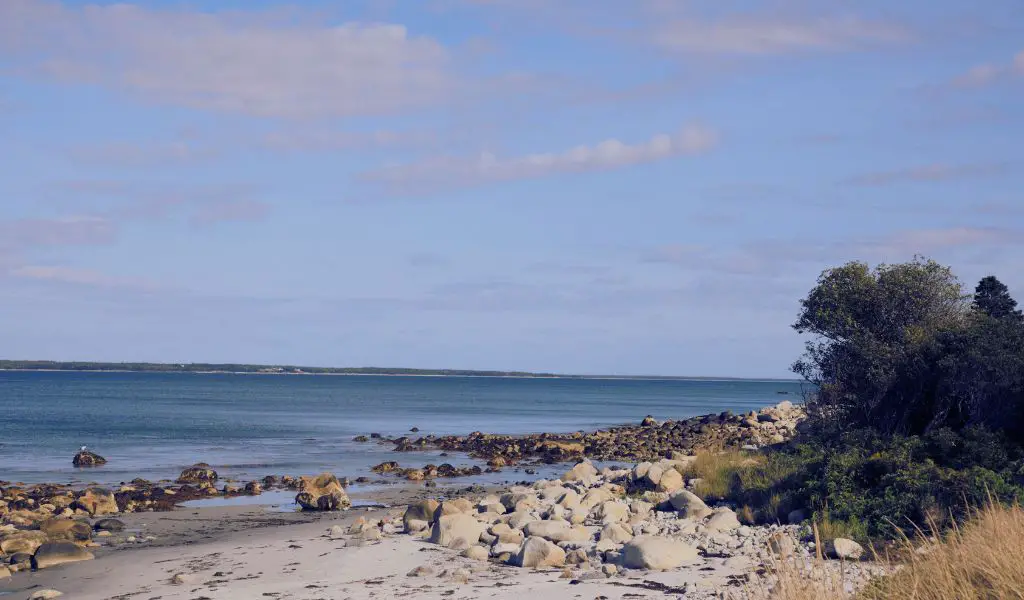
History
Delving into the history of Sable Island, it is a place with tales of shipwrecks and life-saving efforts.
Since the 16th century, the island’s hazardous sandbars and rough seas have led to over 350 recorded shipwrecks, earning it its infamous nickname.
However, the 19th century saw the establishment of life-saving stations on the island, leading to numerous daring rescues.
Activities
Today, the island is a National Park Reserve managed by Parks Canada, dedicated to conserving its unique environment and history.
Popular activities include guided tours focused on the island’s ecology, history, and wildlife.
Photography, bird watching, and wildlife viewing are also among the favored activities for visitors seeking to experience this unique Atlantic gem.
Population
Sable Island has no permanent human population. The only residents are a small number of Parks Canada staff and researchers who rotate in and out.
When to Go
The best time to visit Sable Island is during the summer months, from June to September, when the weather conditions are more favorable.
How to Get There
Access to Sable Island is strictly regulated and generally limited to research and conservation purposes.
However, Parks Canada does permit a limited number of visitors each year, who typically arrive by small plane charters or private vessels.
Highlights
Highlights of Sable Island include the feral horse population, the enormous grey seal breeding colony, the island’s unique geography and vegetation, as well as its rich maritime history marked by shipwrecks.
What You Should Know
Visitors should be aware that Sable Island’s environment can be challenging, with unpredictable weather and limited facilities.
They should also respect the guidelines set by Parks Canada to minimize human impact on the island’s fragile ecosystem.
Frequently Asked Questions
Is camping allowed on Sable Island?
No, overnight stays for the general public are currently not permitted on Sable Island.
Can I see the shipwrecks on Sable Island?
Very few visible shipwreck remains exist today due to the shifting sands, but the island’s Maritime Museum offers insights into its shipwreck history.
How can I contribute to the conservation of Sable Island?
Supporting research and conservation programs and following visitor guidelines can significantly contribute to the preservation of Sable Island’s unique environment.
